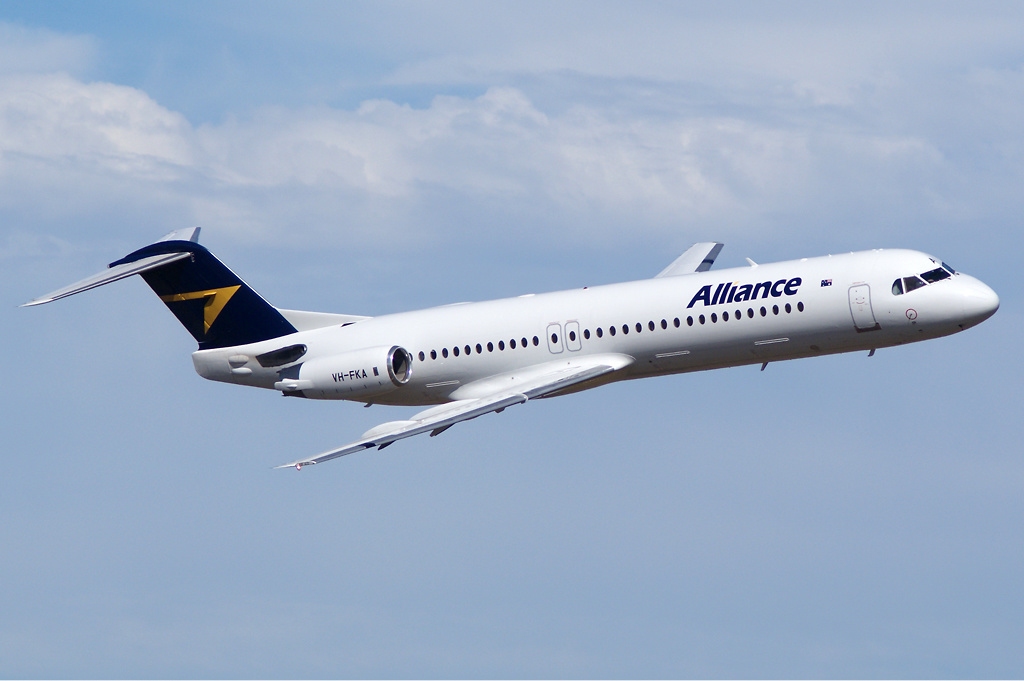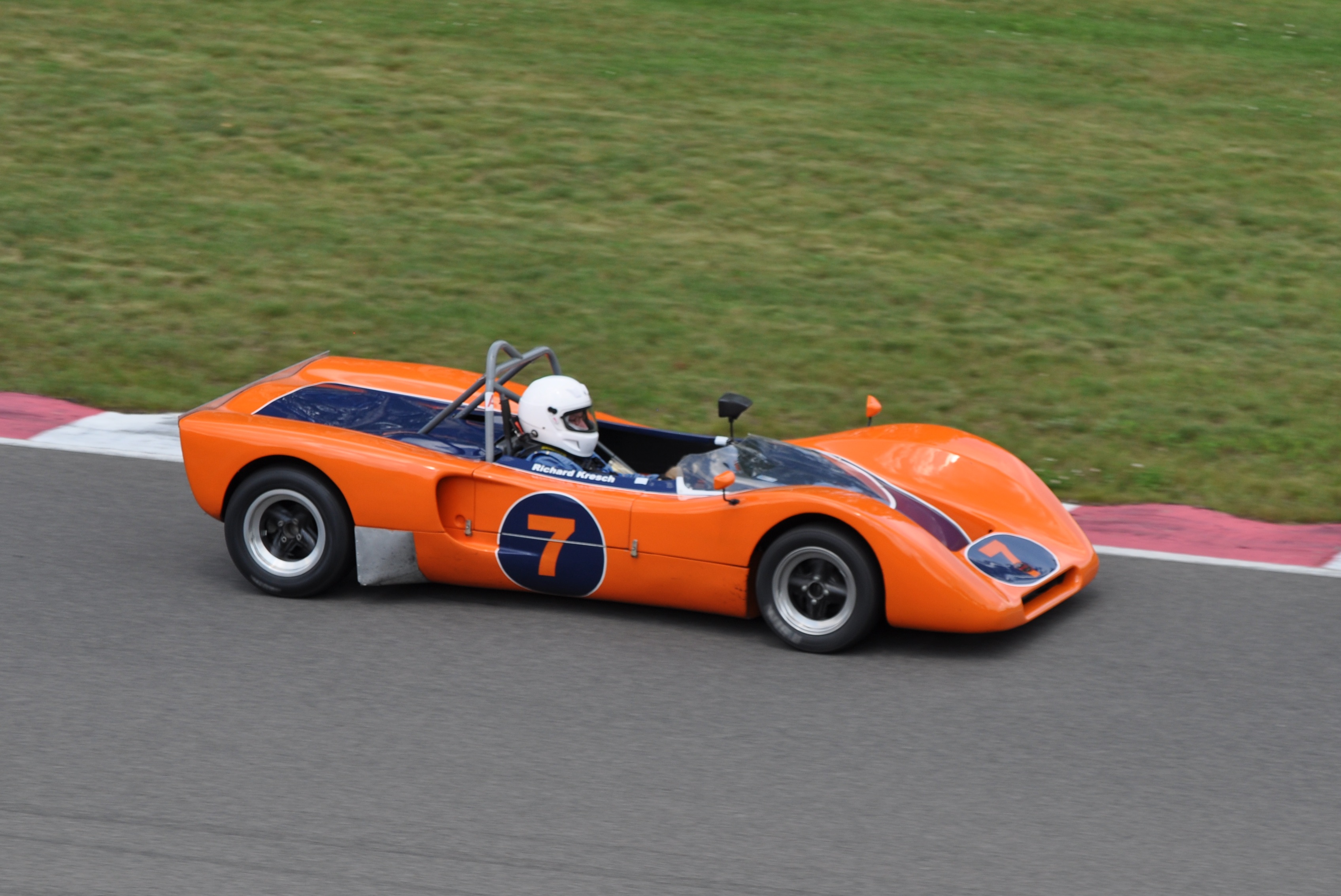|
F-100
F-100 or F100 may refer to: Aerospace and defense * North American F-100 Super Sabre, a fighter aircraft formerly in the service of the United States Air Force * Fokker 100, a regional jet * Pratt & Whitney F100, afterburning turbofan engine * ''Álvaro de Bazán''-class frigate (also known as the F100 class), in the service with the Spanish ''Armada Española'' Automotive * Ford F-Series F-100, a pickup truck * Formula F100, a racing class * Daihatsu Hi-Line F100, a model of truck Other uses * F-100 and F-75 (foods), a therapeutic food given to treat severe malnutrition * Ferranti F100-L, a 16-bit microprocessor family from 1976 * Nikon F100 The Nikon F100 is a 35 mm film-based single-lens reflex camera body introduced in 1999. It is often thought of as a scaled-down version of the Nikon F5, and as a precursor to the Nikon F6. The F100 was discontinued, along with most other Nikon ..., an autofocus 35mm single-lens reflex camera * ESP F-100FM, one of the LTD Standard ... [...More Info...] [...Related Items...] OR: [Wikipedia] [Google] [Baidu] |
North American F-100 Super Sabre
The North American F-100 Super Sabre is an American supersonic jet engine, jet fighter aircraft that served with the United States Air Force (USAF) from 1954 to 1971 and with the Air National Guard (ANG) until 1979. The first of the Century Series of USAF jet fighters, it was the first USAF fighter capable of supersonic speed in level flight. The F100 was designed by North American Aviation as a higher-performance follow-on to the North American F-86 Sabre, F-86 Sabre air-superiority fighter. Adapted as a fighter-bomber, the F-100 was superseded by the high-speed Republic F-105 Thunderchief for strike missions over North Vietnam. The F100 flew extensively over South Vietnam as the air force's primary close air-support jet until being replaced by the more efficient subsonic LTV A-7 Corsair II. The F100 also served in other NATO air forces and with other U.S. allies. In its later life, it was often referred to as the "Hun", a shortened version of "one hundred". Design and devel ... [...More Info...] [...Related Items...] OR: [Wikipedia] [Google] [Baidu] |
Ford F-Series
The Ford F-Series is a series of light-duty trucks marketed and manufactured by Ford Motor Company, Ford since the 1948 model year. Slotted above the Ford Ranger (Americas), Ford Ranger in the Ford truck model range, the F-Series is marketed as a range of full-sized pickup trucks. Alongside the F-150 (introduced in 1975), the F-Series also includes the Ford Super Duty, Super Duty series (introduced in 1999), which includes the heavier-duty F-250 through F-450 pickups, F-450/F-550 chassis cabs, and F-600/F-650/F-750 Class 6-8 commercial trucks. The most popular version of the model line is the F-150 pickup truck, currently in its 14th generation. From 1953 to 1985, the entry-level F-series pickup was the ton F-100. The F-Series trucks have been developed into a wide range of design configurations during their production run. Alongside medium-duty trucks and "Big Job" conventional trucks (the forerunners of the Ford L series, Ford L-series), the model line has been sold ... [...More Info...] [...Related Items...] OR: [Wikipedia] [Google] [Baidu] |
F-100 And F-75 (foods)
F-100 and F-75 (also known as Formula 100 and Formula 75) are therapeutic milk products designed to treat severe malnutrition. In 1994, Action Against Hunger/Action Contre la Faim (ACF) pioneered the use of milk formula F-100 for the treatment of severe acute malnutrition. In 1997, a French medical researcher together with the French company Nutriset succeeded in making a nutrient-dense spread for the treatment of severe acute malnutrition. The formula is used in therapeutic feeding centres where children are hospitalized for treatment. Action Against Hunger’s Scientific Committee pioneered the therapeutic milk formula (F-100), now used by all major humanitarian aid organizations to treat acute malnutrition. As a result, the global mortality rate of severely malnourished children under the age of five has been reduced from 25% to 5%. F-100 and other therapeutic nutritional products are widely used by a number of humanitarian aid organizations, such as UNICEF, Action Against Hunger ... [...More Info...] [...Related Items...] OR: [Wikipedia] [Google] [Baidu] |
Fokker 100
The Fokker 100 is a regional jet produced by Fokker in the Netherlands. The Fokker 100 is based on the Fokker F28 with a fuselage stretched by to seat up to 109 passengers, up from 85. It is powered by two newer Rolls-Royce Tay turbofans, and it has an updated glass cockpit and a wider wing and tail for increased maximum weights. The program was announced in 1983 and it made its maiden flight on 30 November 1986. The variant was approved on 20 November 1987, and first deliveries to Swissair started in February 1988. American Airlines ordered 75, TAM Transportes Aéreos Regionais asked for 50, and USAir got 40. It is the basis of the shorter Fokker 70, which made its first flight in April 1993. Fokker had financial troubles and went bankrupt in March 1996, and production ended in 1997 after 283 deliveries. Amsterdam-based Rekkof group wants to restart its production and update it with new engines, but has not reached its goal. Since the 2000s, airlines have been retiring t ... [...More Info...] [...Related Items...] OR: [Wikipedia] [Google] [Baidu] |
Pratt & Whitney F100
The Pratt & Whitney F100 (company designation JTF22) is an afterburning turbofan engine manufactured by Pratt & Whitney that powers the F-15 Eagle and F-16 Fighting Falcon. Development In 1967, the United States Navy and United States Air Force issued a joint engine Request for Proposals (RFP) for the F-14 Tomcat and the FX, which became the parallel fighter design competition that led to the F-15 Eagle in 1970. This engine program was called the IEDP (Initial Engine Development Program) and was funded and managed out of the Aeronautical Systems Division (ASD) at Wright-Patterson AFB. Under ASD, a Systems Project Office Cadre was assigned to manage both the FX Aircraft and Engine definition phase. The Turbine Engine Division of the Air Force Propulsion Laboratory was employed in a support role to assist ASD Systems Engineering in evaluations of technical risks. Later upon selection of the F-15 the ASD engineering cadre became the F-15 Systems Project Office. The IEDP was cr ... [...More Info...] [...Related Items...] OR: [Wikipedia] [Google] [Baidu] |
Álvaro De Bazán-class Frigate
The ''Álvaro de Bazán'' class, also known as the F100 class, is a class of Aegis combat system-equipped air defence frigates in service with the Spanish Navy. The vessels were built by Spanish shipbuilder Navantia in Ferrol, Spain, Ferrol, with the lead ship of the class named for Admiral Álvaro de Bazán. The ships are fitted with the United States Aegis weapons system allowing them to track hundreds of airborne targets simultaneously as part of its air defence network. The ''Álvaro de Bazán''-class multi-role frigates are one of the few non-US warships to carry the Aegis system and its associated AN/SPY-1, SPY-1D radar. The American , Japanese , Korean , Australian , and the Norwegian also use the Aegis system. The ''Álvaro de Bazán''-class frigates are the first modern vessels of the Spanish Navy to incorporate ballistic resistant steel in the hull, along with the power plants being mounted on anti-vibration mounts to reduce noise and make them less detectable by subma ... [...More Info...] [...Related Items...] OR: [Wikipedia] [Google] [Baidu] |
Formula F100
The Formula F100 was a racing class in 1970 and 1971. The class was open to lightweight sports cars powered by a 1300cc engine (usually a Ford Kent engine or 1300cc BMC engine). History The Formula F100 was launched by Geoff Clarke and the Motor Racing Stables racing school. Clarke also launched Formula Ford and thought that Formula F100 could be the sports car racing equivalent. The British press gave the F100 a far from warm welcome. The press feared the class would rival the popular Clubmans. The first season was dominated by Ray Allen driving a Royale RP4. The car was first powered by a Ford Kent engine. But when Nick Cole became the faster driver in a BMC powered Nerus Silhouette, Allen quickly changed engines. Former Formula 1 driver Les Leston came out of retirement to race in the series. The 49-year-old Briton was competitive towards the end of the season. The season started slow with few car counts, but at the end of the season there were 12 cars on the grid. Th ... [...More Info...] [...Related Items...] OR: [Wikipedia] [Google] [Baidu] |
Daihatsu Hi-Line
The Daihatsu Hi-Line/F series (''Japanese: ダイハツ・ハイライン/Fシリーズ'') is a series of compact trucks, manufactured and sold from 1960 to 1972. This truck series was competed with Toyota Stout, Nissan Junior, Hino Briska or Mazda B series. The truck was released in 1960 and available in two models; a 1.75-tonne class "F175" with 1.5-litre ''FA'' engine (same engine that powered the larger Daihatsu V200 truck) and a 1.5-tonne class "D150" with 1.5-litre diesel engine. In 1962, a new 1-tonne load capacity class called "Hi-Line" was introduced to fill the class below the higher duty F175/D150 trucks. This truck was available in two versions; short deck "F100" and long deck "F108". Both models were powered by the same engine as the F175. A 3-door van version based on F100 called "F100V" was introduced in 1963. In the same year, a 2-tonne class truck called "F200" was also introduced and powered with a 1.9-litre ''FB'' petrol engine, but it was discontinued quic ... [...More Info...] [...Related Items...] OR: [Wikipedia] [Google] [Baidu] |
Ferranti F100-L
The Ferranti F100-L was a 16-bit microprocessor family announced by Ferranti in 1976 which entered production in 1977. It was the first microprocessor designed in Europe, and among the first 16-bit single-chip CPUs. It was designed with military use in mind, able to work in a very wide temperature range and radiation hardened. To deliver these capabilities, the F100 was implemented using bipolar junction transistors, as opposed to the metal oxide semiconductor (MOS) process used by most other processors of the era. The family included a variety of support chips including a multiply/divide unit, various memory support chips, timers and serial bus controllers. The F100 was priced at £39 in 1978 in 100-off quantities. Three models were offered at the same price; the commercial spec was rated at 8 MHz, industrial at 6.5 MHz at an extended temperature range, and military spec at 3.5 or 5 MHz with a temperature range from -55 C to +125 C. It was very cost c ... [...More Info...] [...Related Items...] OR: [Wikipedia] [Google] [Baidu] |
Nikon F100
The Nikon F100 is a 35 mm film-based single-lens reflex camera body introduced in 1999. It is often thought of as a scaled-down version of the Nikon F5, and as a precursor to the Nikon F6. The F100 was discontinued, along with most other Nikon film cameras, in 2006. Design and construction The F100's metering system is a development of Nikon's matrix metering technology introduced in 1983 on the Nikon FA. The meter in the F100 uses a 10 segment light sensor and uses distance information from Nikon D-type and G-type lenses for more accurate exposure calculations when using direct flash. In addition to matrix metering, the F100 also offers standard center-weighted and spot metering modes. Also incorporated into the camera is Nikon's Dynamic Autofocus system and a 4.5 frame per second motor drive with automatic rewind. The top motor drive speed can be boosted to 5 frames per second with the addition of the Nikon MB-15 battery pack. The F100 also provides many features which ... [...More Info...] [...Related Items...] OR: [Wikipedia] [Google] [Baidu] |




